America celebrates 60 years in space: This is our pick of Nasa's greatest triumphs
Sixty years ago, the US launched its first satellite - Explorer I - into space, kick-starting decades of scientific discovery.
Sixty years ago, on 31 January 1958, at the height of Cold War, a rocket launched from Cape Canaveral – an island off the Florida coast – carrying an American satellite into space for the first time, four months after the Soviet Union had made history by launching their own spacecraft, Sputnik I, into orbit.
While the National Aeronautics and Space Administration (Nasa) would not be established until later that year, Explorer I, as the satellite soon became known, marked the beginning of US space exploration and kick-started the space race in earnest.
These early days were not without their setbacks for the US – five Explorer satellites were made initially, of which two failed to reach orbit.
However, the three that were successful gave the world the first scientific discovery made in space: the identification of the Van Allen radiation belts – doughnut-shaped regions of high-energy particles, held in place by Earth's magnetic field, that may have played a key role in making our planet habitable for life.
Since then, countless discoveries have been made as a result of the American space programme. Here are some of its greatest achievements:
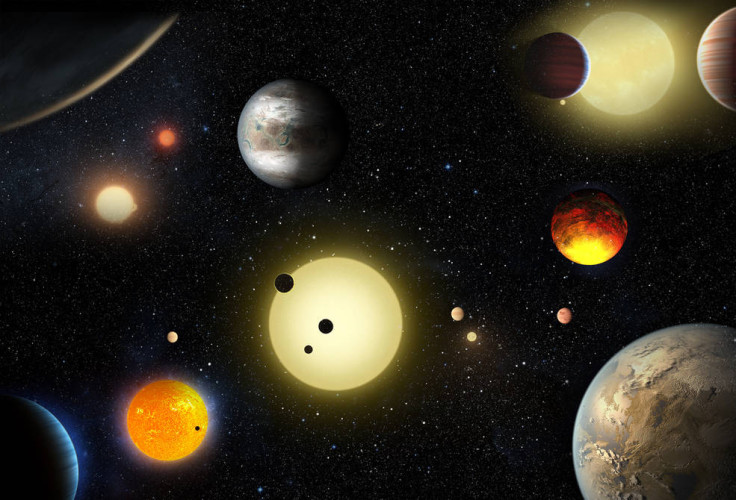
Kepler Space Telescope
Kepler is a space observatory launched by Nasa in 2009, which was designed to look for earth-sized exoplanets. Named after the mathematician and astrologer Johannes Kepler, the mission has revolutionised our understanding of planets outside our solar system. To date it has identified more than 2,300 confirmed exoplanets, while it has uncovered thousands more potential candidates. Based on data from the Kepler mission, scientists estimate there could be as many as 40 billion rocky, earth-sized exoplanets in the habitable zones of Sun-like stars and red dwarfs in the Milky Way alone.
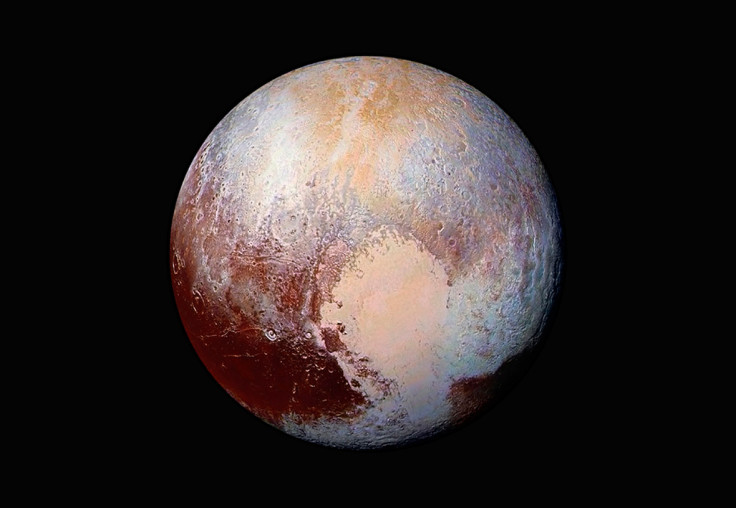
New Horizons
New Horizons is an interplanetary space probe launched in 2006 as part of Nasa's New Frontiers programme. In July 2015, it became the first spacecraft to explore the dwarf planet Pluto, beaming back close-up images which displayed the icy world in unprecedented detail. On its subsequent travels, New Horizons has also recorded invaluable data on the solar winds – charged particles emitted by the sun – in the unexplored regions beyond Pluto. It has now set its trajectory for a mysterious object known as MU69 in the Kuiper belt, located in the outermost regions of the solar system.
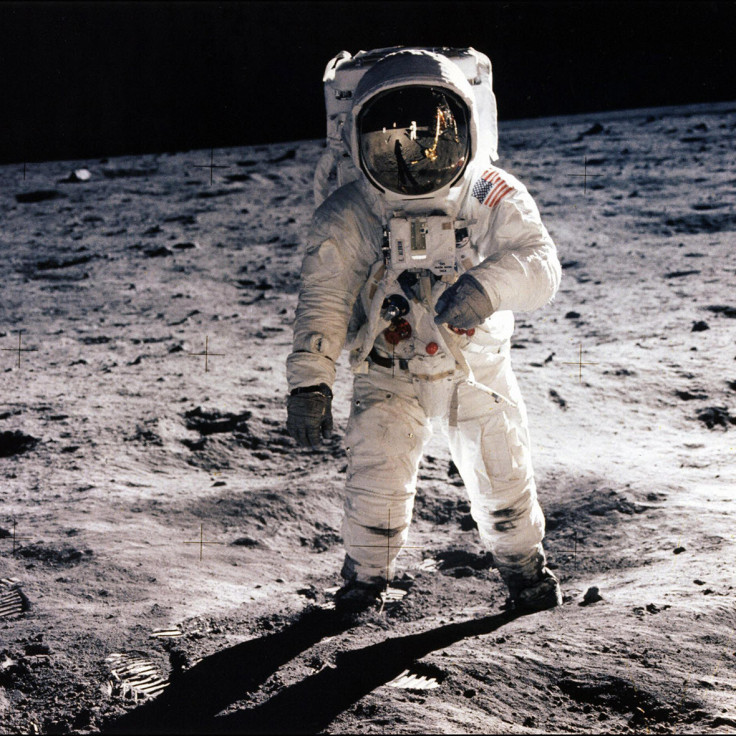
Apollo 11 Moon landing
On 20 July 1969, Neil Armstrong became the first human in history to set foot on the surface of the moon, or indeed any world beyond the Earth, in what was arguably the greatest achievement in the history of the US space programme. Ten Apollo missions, testing various aspects of the operation, were conducted before Apollo 11 finally reached the moon. Five subsequent Apollo missions extending till December 1972, also landed astronauts on the moon – a feat that has never been repeated.

Viking programme
In 1975, the Viking program launched two spacecraft, which became the first to successfully land and operate on the surface of Mars. Each of the spacecraft was composed of two main parts – an orbiter designed to photograph the planet from orbit, and a lander which explored the surface. The Viking mission transformed our knowledge of water on Mars through the discovery of various geological forms, such as huge, previously unknown river valleys.
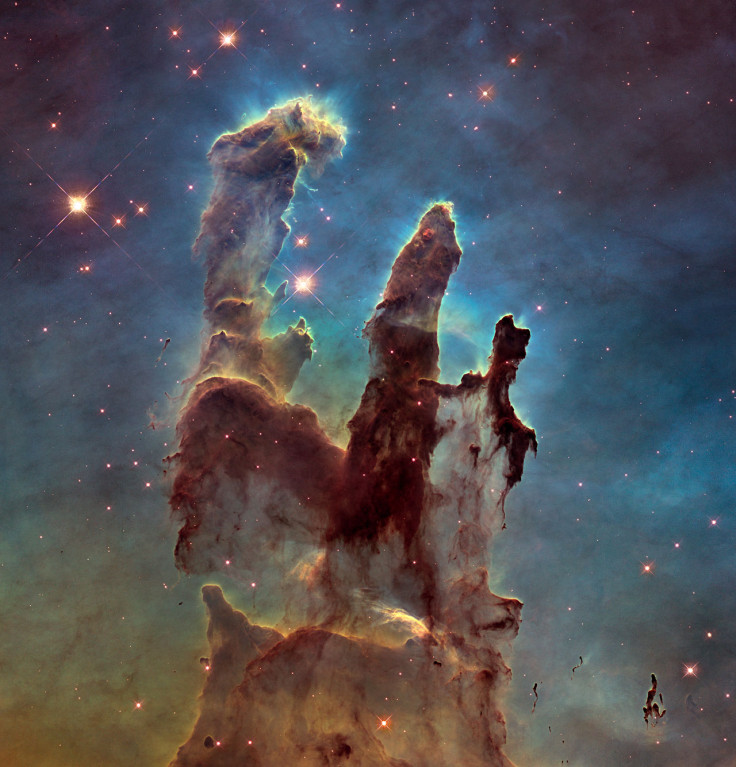
Hubble Space Telescope
The Hubble Space Telescope was launched in 1990 providing scientists with the first clear glimpse into the regions of the universe beyond our galaxy, without any of the interference that traditional ground-based telescopes faced from the earth's atmosphere and weather. With 10 times the resolution and 50 times the sensitivity of anything that had come before, Hubble provided, and continues to provide, some of the most spectacular images of the cosmos. It has even helped to prove the theory put forward by astronomer Edwin Hubble – the telescope's namesake – that the Universes is expanding.

Chandra X-ray Observatory
The Chandra X-ray Observatory is the most powerful X-ray telescope with 25 times the sensitivity of its closest rival. It uses high-energy particles – namely X-rays – instead of visible light, enabling scientists to image objects in space that would not be viewable with Hubble. Launched in 1999, Chandra has provided us with detailed images of spectacular celestial phenomena such as exploding stars, quasars and nebulae.

Pioneer 10
In 1972, the Pioneer 10 mission became the first spacecraft to reach an outer planet in the solar system, proving that humanity was not confined by the asteroid belt that surrounds the four terrestrial planets. It took the first close-up photos of Jupiter before going on to collect data on solar winds, cosmic rays and the furthermost reaches of the solar system. And in 1983, it made history by becoming the first man-made object to pass further than the orbit of Pluto.
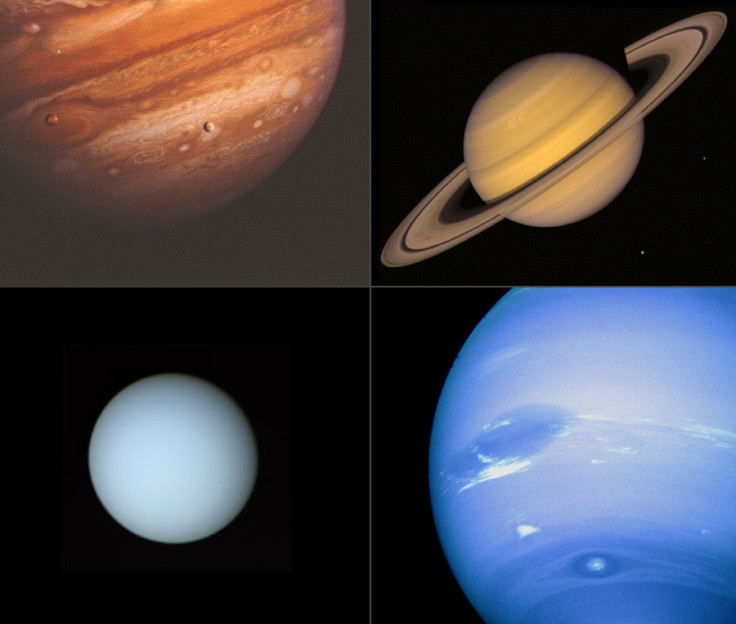
Voyager programme
On 5 September 1977, Nasa's Voyager 1 spacecraft launched, marking the beginning of an extraordinary journey. Forty years later, the probe is drifting through interstellar space at nearly 40,000 mph, 13 billion miles away. Meanwhile, its sister craft, Voyager 2, which launched two weeks earlier, trails shortly behind, 11 billion miles from its starting point. Together, the two Voyager probes – the furthest man-made objects from the Earth – have revolutionised our understanding of the solar system, becoming the first to fly by the four outer planets, among numerous other achievements.





















